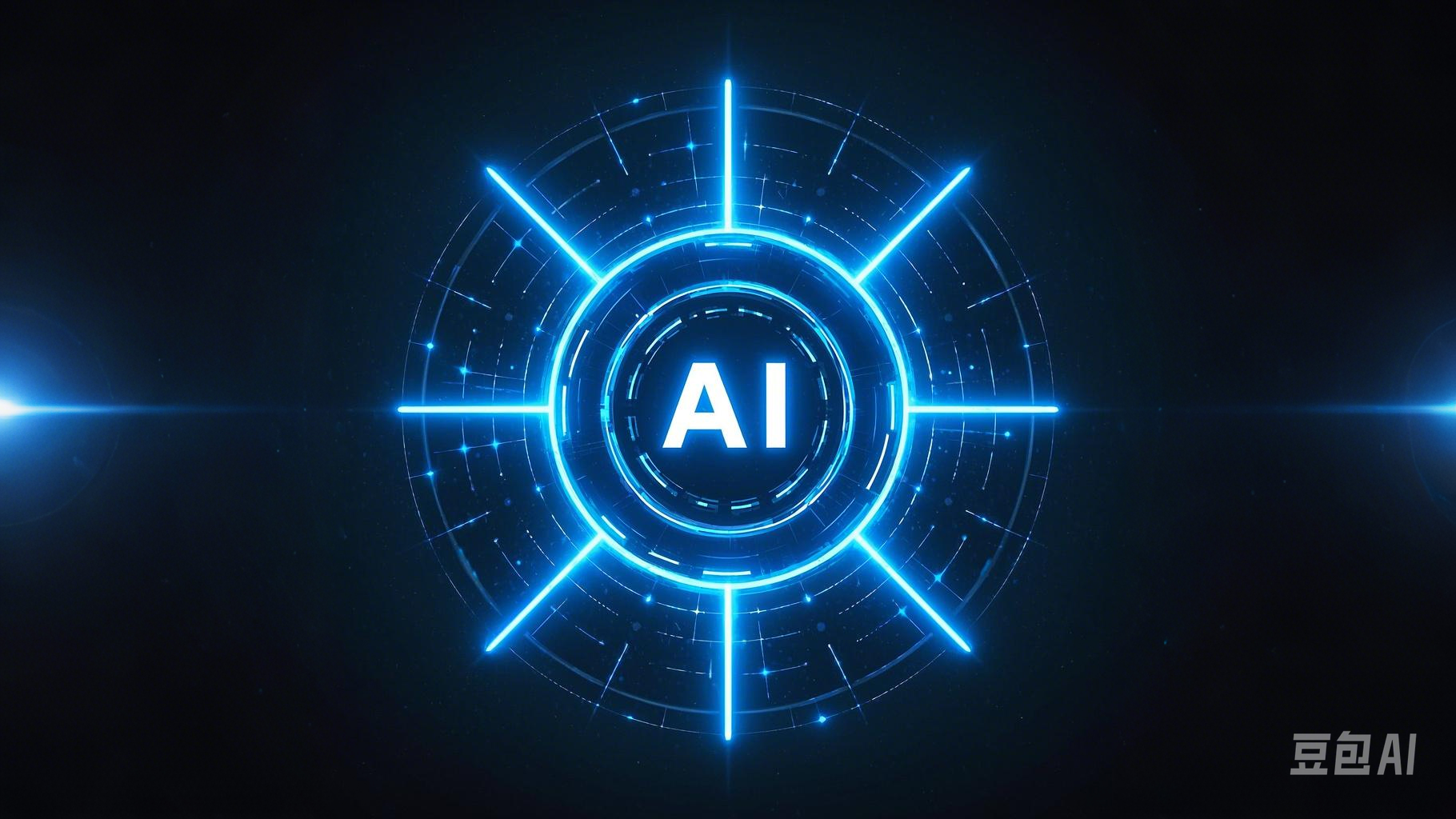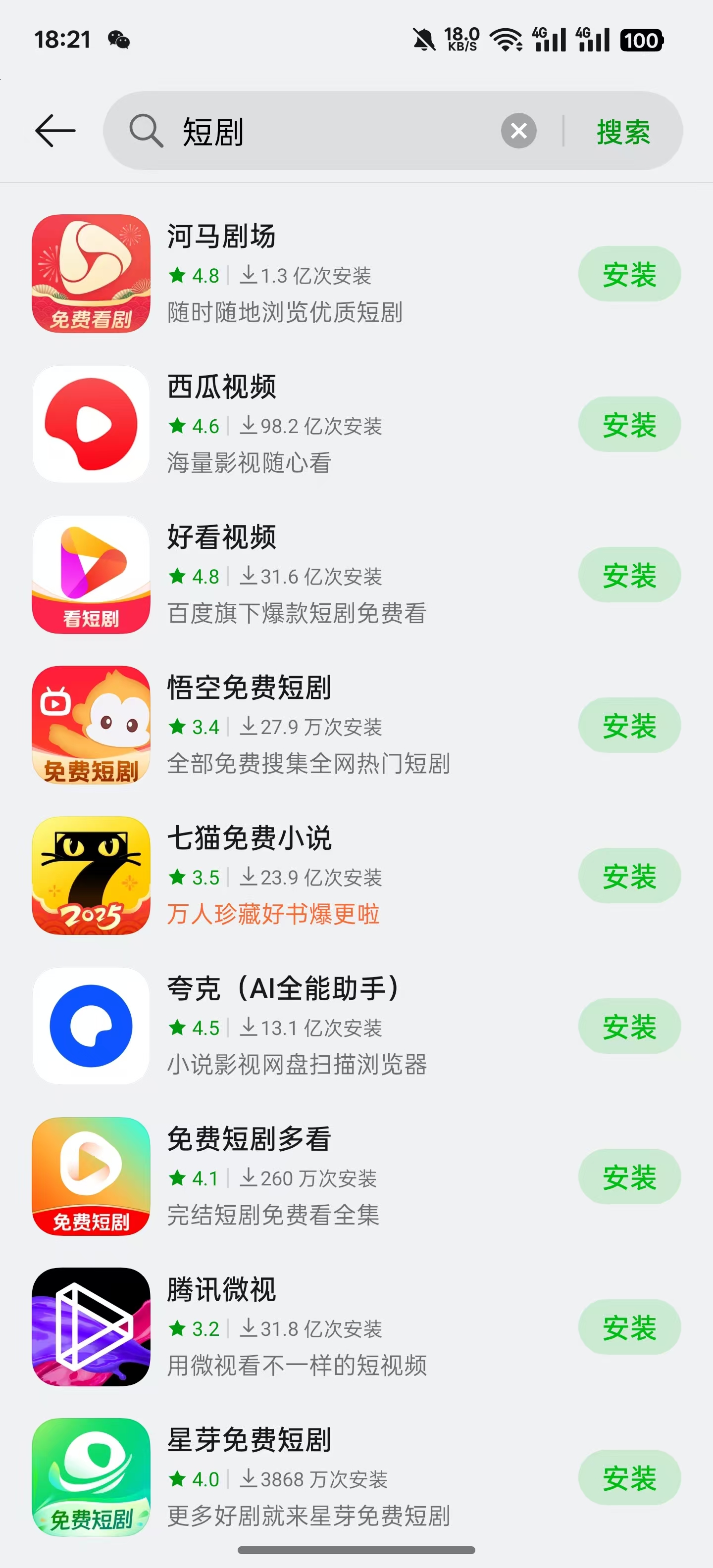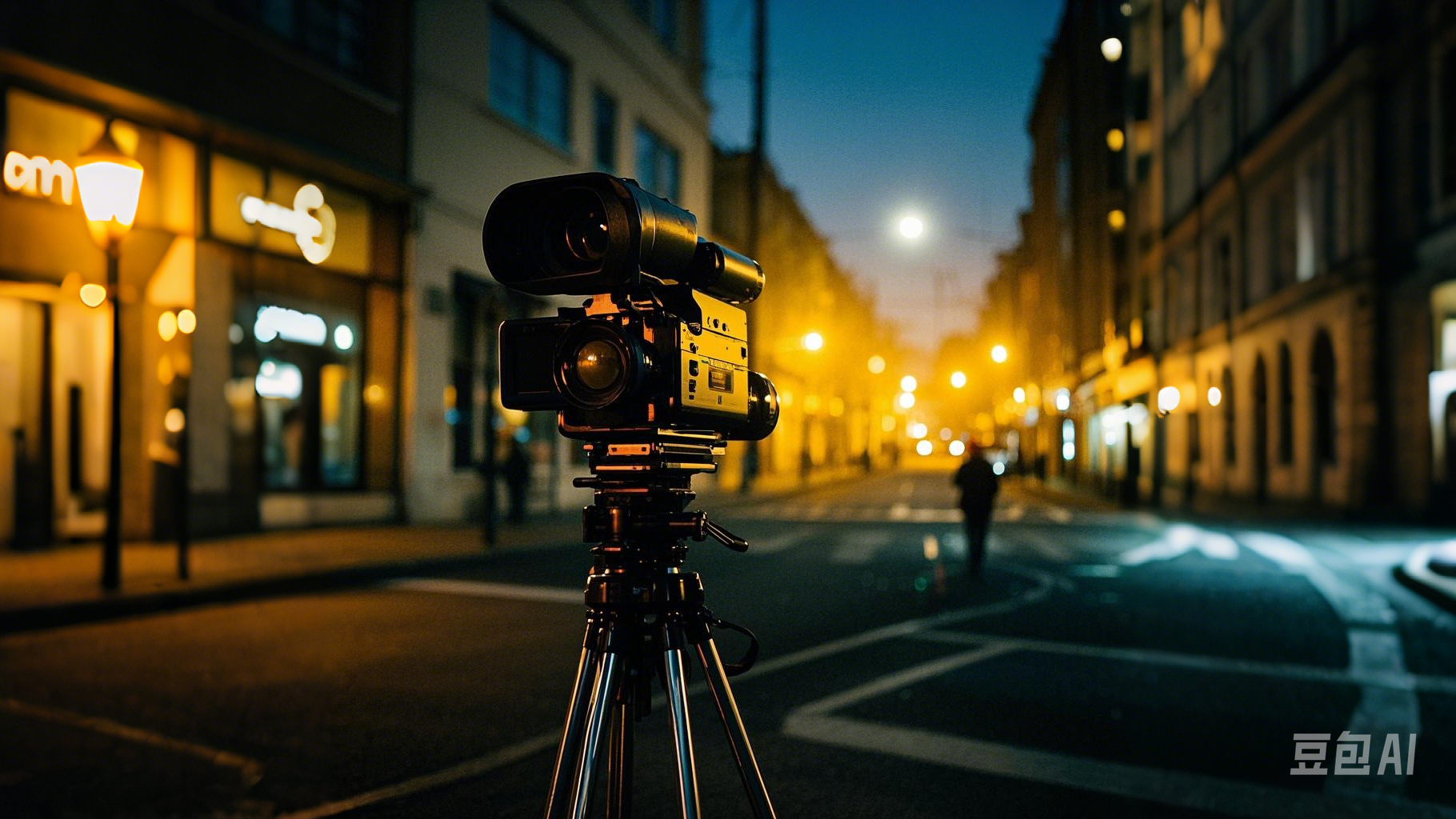Hollywood Rejects Sora: Will Short Dramas Pave the Way for Video Generation Models?
![]() 02/11 2025
02/11 2025
![]() 606
606
Renowned American director and actor Ben Affleck once remarked that while AI cannot fully supplant movie creation, it can certainly handle time-consuming and labor-intensive, yet uncreative, aspects of filmmaking. In his view, screenwriters and directors who contribute creative content remain irreplaceable, but the visual effects industry might face significant disruption.
However, Ben Affleck might be overly concerned. For now, at least, AI's impact on movie production remains minimal. According to Bloomberg, OpenAI has been actively engaging with studios like Disney, Universal Pictures, and Warner Bros. over the past six months to promote its video generation tool, Sora, but has yet to secure any substantial partnerships.
Among the leading Hollywood studios, only Lionsgate Films has actively embraced AI, partnering with AI startup Runway last year. Runway will leverage Lionsgate's film and television resources to train video generation models, applying these large models to pre-production storyboarding and post-production.
According to Lei Tech, one reason studios have shunned Sora is that the video quality produced by AI large models falls short of broadcast standards. However, the potential for AI to disrupt the film production industry is the primary reason studios are hesitant to collaborate with OpenAI.
Rejecting Sora, Hollywood Chooses to Wait and See
Similar to other large modal models, training video generation models necessitates a vast amount of data. TechCrunch reported that videos generated by Sora contain footage from games like "Super Mario Bros.", "Call of Duty", "Counter-Strike", and "Teenage Mutant Ninja Turtles", as well as portraits of Twitch streamers Auronplay and Pokimane, raising suspicions of copyright infringement.
Copyright has always been a challenging issue for AI companies, especially with the depletion of freely available public data. Obtaining the data needed to train large models has become even more difficult for AI firms. These film and television companies possess vast amounts of film and television resources that can be used to train such models. If they were to collaborate with AI companies, studios would naturally need to provide these resources, posing the risk of leaking classic IP images.

(Image source: generated by Doubao AI)
For this reason, when discussing related matters, Disney and Warner Bros. have indicated that video generation models trained using their own IPs would be solely for internal use, avoiding the risk of ordinary users leveraging the model to create videos featuring their classic characters.
Moreover, the rise of Netflix and YouTube has already significantly diverted attention from the traditional film and television industry. Studios assisting AI companies in enhancing the capabilities of video generation models run the risk of indirectly funding competitors.
While film and television companies can also benefit from using AI technology to reduce movie production costs, providing data to help AI companies improve the capabilities of video generation models may inadvertently benefit other users and competitors, which is clearly not a scenario film and television companies wish to see. Developing dedicated video generation models for film and television companies could lead to soaring costs.

(Image source: generated by Doubao AI)
Furthermore, the film and television industry employs a significant number of professionals, and the intervention of AI technology could disrupt the existing rules of profit distribution, harming the interests of some practitioners. On July 13, 2023, the Screen Actors Guild (SAG) and the American Federation of Television and Radio Artists (AFTRA), representing 160,000 performers, went on strike. Besides wage disputes, the threat posed by AI was also a reason for their strike. France Dreyfus, president of AFTRA, stated that if we don't plan ahead now, we will find ourselves in trouble, all facing the threat of being replaced by machines.
Over a long period of development, the rules of profit distribution in the film and television production industry have been relatively stable, but the arrival of AI could disrupt this rule, leading to losses for a large number of practitioners. Actors, screenwriters, directors, and post-production staff will undoubtedly find it challenging to accept this shift. Only investors and some audiences may embrace this new model.
Difficulty in monetization has emerged as a core issue plaguing companies developing video generation models. If the situation does not change soon, AI companies lacking sufficient financial resources may struggle to survive.
Are Short Dramas the Potential Niche for Video Generation Models?
Hollywood studios are reluctant to accept video generation models, and AI companies under profit pressure need to find alternative paths. Domestic video generation models like Keling, Jimeng, and Qingying have incorporated paid service models, but relying solely on personal user payments in the C-end market makes it difficult for AI companies to achieve profitability. Focusing on the B-end market offers a potentially lucrative alternative.
The landscape of movies and TV series is stable, making it challenging for AI enterprises to shake up this established industry. However, short dramas present a potential breakthrough point for video generation models to explore. Currently, popular micro-short dramas typically run 1-2 minutes per episode, with minimal detail requirements. Many videos simply involve a few people conversing in a fixed scene, supplemented by low-budget special effects. By inserting character images and using video generation models to produce such short dramas, followed by post-production personnel for review, the capabilities of large models are generally sufficient.
Additionally, as a newly emerging content form, micro-short dramas generally have low investments, lack big-name directors and screenwriters, and do not require celebrity endorsements. With fewer stakeholders, they are more accessible for AI companies to enter. With the help of the short drama industry, AI companies can also swiftly amass more video resources for training large models and enhancing their video generation capabilities.

(Image source: app store screenshot)
While OpenAI ignited the AI industry, domestic internet companies are not lagging behind in the development and application of AI technology:
Domestic AI companies are already experimenting with using video generation models to produce short dramas. For instance, the short video platform Kuaishou recently announced that its Xingmang short dramas have jointly produced the world's first AI episode series, "New World Loading," with Keling AI, comprising a total of 7 episodes.
Beijing Yizhuang has utilized AI to create a series of sci-fi short dramas titled "Yihuan Future," consisting of 5 episodes. Various aspects of production, including scriptwriting, character design, scene generation, and post-production, have all employed AIGC technology.
Zhou Hongyi, the founder of 360 Group, a domestic internet traffic giant, has also recognized the potential of AI+short dramas. In early 2025, he announced that he would personally participate in an AI short drama, taking on the male lead role, and openly recruited an actress for the female lead. The special effects in the drama will be generated using the image-to-video function of Nano AI. Previously, Zhou Hongyi participated in the short drama "Rekindle Life: The Hidden Hacker Stuns the World," and his new project is equally worth anticipating.
The significance of video generation models lies in the fact that they empower individuals to become directors, screenwriters, or actors, freely unleashing their creativity. However, with the current capabilities of AI technology, it is not yet sufficient to turn our ideas into reality. Nevertheless, it can already meet the needs of short drama production teams that possess a certain level of post-production capabilities, providing a fallback option for AI.

(Image source: generated by Doubao AI)
For video generation model development companies lacking funds, the popularity of short dramas has become a lifeline. However, domestic leading short video platforms like Kuaishou and Douyin have already launched their own video generation models. Smaller companies need effective promotion strategies and must be prepared for price wars.
DeepSeek-R1 proves that top-tier AI large models can be developed without exorbitant training costs. Video generation models can also leverage data distillation techniques. For example, DOLLAR, developed by Adobe in collaboration with Princeton University researchers, achieves high-quality video generation with fewer steps by combining Variational Score Distillation (VSD) and Consistency Distillation (CD). While enhancing the capabilities of large models, AI companies also need to explore new architectures and utilize data distillation techniques to reduce the training costs of video generation models, preparing for the inevitable price wars ahead.
Hollywood's Stance is Not Critical; the Future of Video Generation Models is Promising
Hollywood studios' resistance to video generation models can only slow down their development to a certain extent and cannot completely halt their progress. By refusing to adopt AI technology, they risk becoming unfamiliar with its potential in the film industry, potentially leading to higher-than-normal movie production costs in the future. By actively embracing AI technology and integrating it into film and television creation, Hollywood can maintain its competitive edge.
The booming short drama industry in China has provided fertile ground for the growth of video generation models. With revenue from the short drama market, video generation model development companies are expected to obtain more funds and data to enhance the capabilities of large models, until they can meet the higher creative demands of movies and TV series in terms of image quality and detail.

(Image source: generated by Doubao AI)
As Ben Affleck noted, while AI can replace post-production personnel, it will not replace directors and screenwriters anytime soon. Moreover, post-production personnel will continue to be needed for a long time to review content generated by AI. Practitioners need not be overly anxious.
2025 marks the explosion of global video generation models. Not only did OpenAI launch Sora at the end of 2024, but Google and Amazon have also introduced new video generation models. Domestic enterprises like Keling, Jimeng, and Qingying are also upgrading their large model versions to improve the quality and speed of generated videos.
Currently, video generation models are generally expensive, with regular memberships costing around 40 to 60 yuan per month and premium memberships requiring subscription fees of around 500 yuan per month, making them unsuitable for ordinary consumers. The entry of a large number of internet companies is bound to intensify competition in the industry. Under fierce competition, industry development is likely to accelerate, improving the quality of generated videos while also reducing membership prices. The era when everyone can create videos using AI is not far off.
Source: Lei Tech





